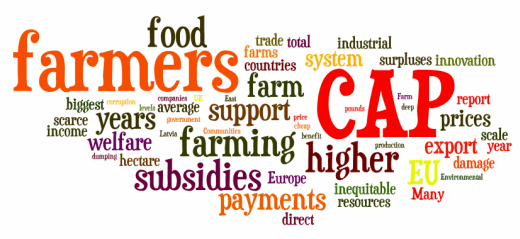Farmers provide a stable food supply to more than 500 million Europeans. 22 million farmers and agricultural workers are at the centre of one of the largest economic sectors in the European Union (EU), the agri-food sector. About 44 million jobs in food processing, food retailing and food services depend on agriculture. The EU also exports food and drinks annually to a value of more than 130 billion euro a year.
The European Union sees agriculture as a key sector for sustainable economic development and, with the Common Agricultural Policy (CAP), seeks to ensure an adequate standard of living for farmers, while determining the requirements for animal health and welfare, environmental protection and food safety. Sustainable rural development is in the interest of the EU, with providing agricultural funds and support in promoting, trying to shape rural development programs and also responding to the specific needs in each of the 28 EU Member States, still counting England.
For a sustainable and competitive European agricultural sector, the EU is devoting financial incentives, such as income support to farmers based on market orientation (production that meets the requirements of consumers) linked to environmental sustainability, market measures to balance the effects on vulnerable agricultural groups due to external factors , such as weather conditions or high price volatility. By providing direct payments for stabilizing farms, financing projects that respond to the specific needs of countries for national (or regional) rural development, and programs covering the wider rural economy, the CAP also offers a range of market measures, including certain tools to deal with market problems and other additional elements, such as quality logos and the promotion of European agricultural products.
With an annual budget for supporting farmers to the value of 59 billion euro, these measures are financed through the European Agricultural Guarantee Fund and the European Agricultural Fund for Rural Development. The budget of the Common Agricultural Policy, set for 2014-2020, provides financial incentives to the amount of 408.31 billion euro. 308.73 billion euro are for direct payments and market measures, called the first pillar, and an additional 99.58 billion euro for rural development, called the second pillar. The engine of these reforms are young farmers from the countryside and cities.
Oglas



































































